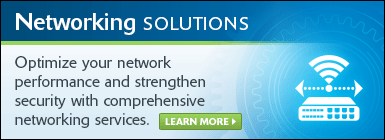System administrators need to maximize the benefits their available infrastructure offers. A network bridge saves bandwidth, increases functional length by adding LAN segments, and eliminates the need for routers and IP subnets. Smarter than a switch, a networking bridge connects... disparate LAN segments that use different protocols, such as wired and wireless sections, to create aggregate networks. Administrators can choose from four types of bridges for connecting technologies: multiport, simple, transparent, and learning. Dividing a network helps to reduce system traffic because bridging technology can filter data loads or packets, locate unknown addresses, recall past addresses to forward data packets to the right devices, and decide whether to continue sending material to other segments of the system.
A network bridge makes intelligent decisions and reduces costs, enhances data flow, and configures easily. Designers can use network bridges to segregate data, optimize performance on both sides of LAN segments, make connections for mobile networks and outdoor infrastructure, and meet mobile security needs of WLAN networks. Connection carries all types of bridges for wired or wireless systems including from top brands like Adtran, Aruba, Buffalo, Cisco, D-Link, Fortinet, Motorola, and more. Administrators can configure systems for single access points, multiple terminals, and temporary or permanent workgroups. Network designers can deliver security, scalability, fast deployments, and better management to make the most of company resources.
The network bridge acts passively at the data link or second level of the OSI model. Bridges serve as simple alternatives to switches and routers, and they cost relatively little to use. Networking bridge strategies help to decrease the data load in the link layer of OSI, disallow packets from targeted networks, and transfer all types of broadcasts, giving administrators viable configuration alternatives to save money and optimize system performance. Connection offers support, technical tips from teams of IT experts, case studies, and webinars to help IT administrators manage their systems throughout the technology lifecycle.


















